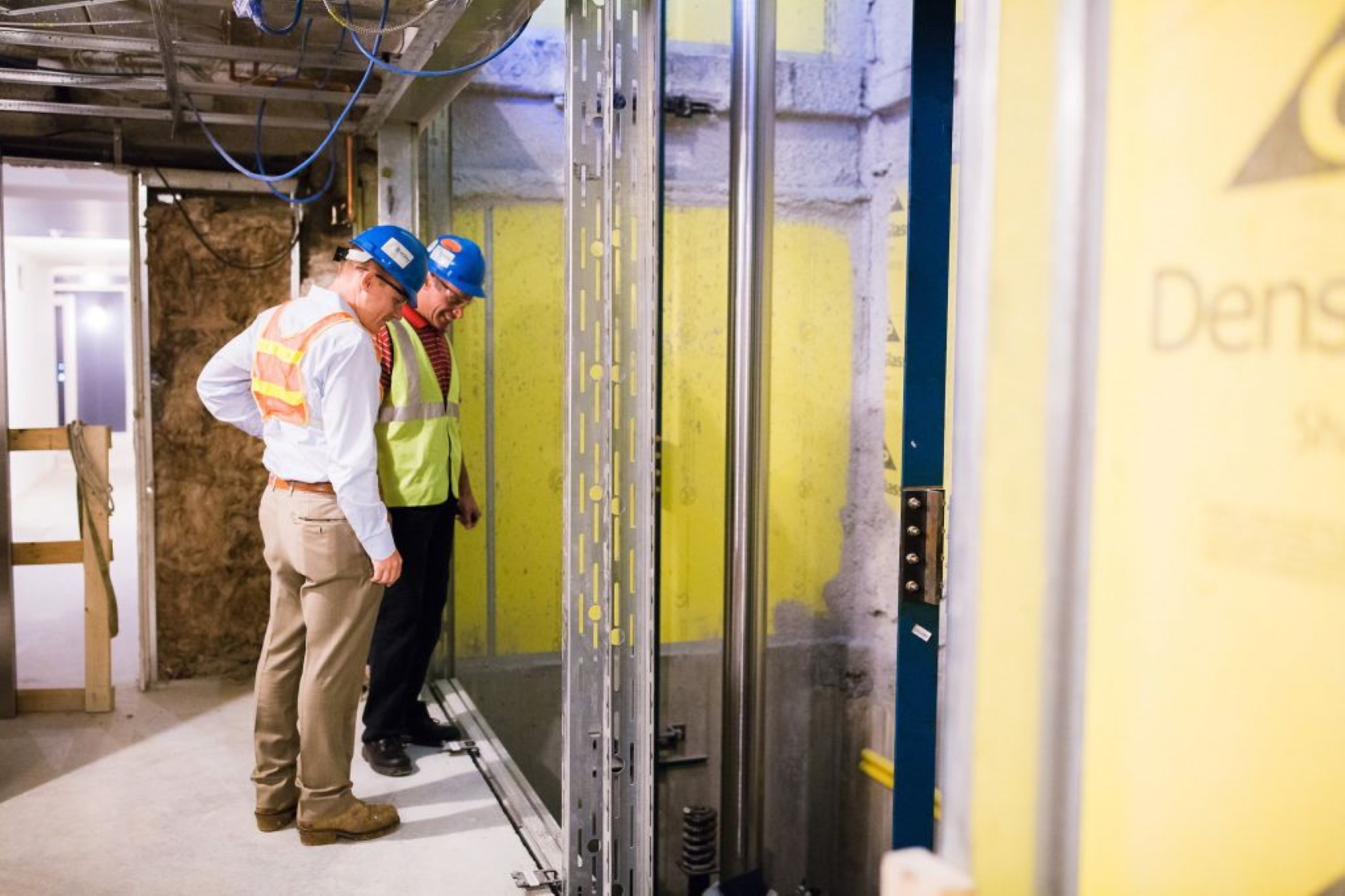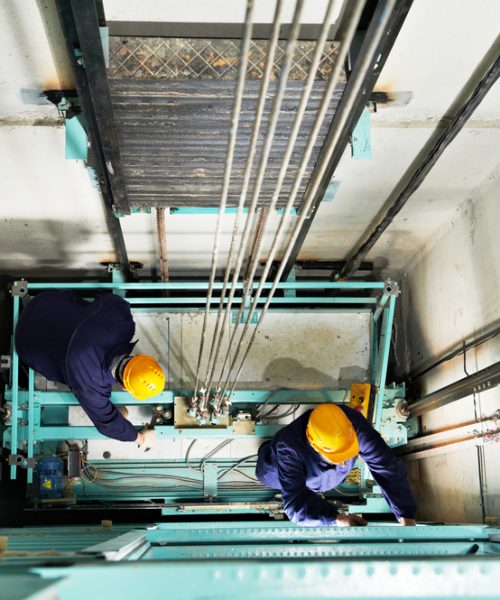Vital Guide to Comprehending Handicapped System Lifts and Their Performance
Understanding the complexities of disabled platform raises exceeds simple awareness; it requires a thorough understanding of their functionality and layout. From the numerous types available to the essential parts that make them operational, each aspect adds to the seamless procedure of these important accessibility devices. The stringent safety policies and upkeep considerations associated with system lifts are paramount in ensuring their reliability and longevity. By checking out these facets thoroughly, one can acquire a profound understanding of just how these lifts not only boost accessibility but additionally prioritize customer security and ease.
Types of Handicapped System Lifts
There are numerous kinds of impaired system raises designed to supply availability for people with movement obstacles. Upright platform lifts are a popular choice as they relocate directly and down, making them optimal for much shorter ranges and where area is restricted. These lifts are typically set up in homes, institutions, and industrial structures to aid mobility device individuals in browsing different levels. Inclined platform lifts, on the other hand, are suitable for areas where a vertical lift may not be feasible due to architectural restrictions. These lifts follow the slope of stairs, providing a smooth and risk-free experience for individuals with movement issues.
An additional type of disabled platform lift is the portable lift, which offers versatility and ease. These lifts can be quickly relocated from one place to another, making them ideal for short-lived events or circumstances where a long-term installment is not possible. Additionally, outside system lifts are designed to withstand varying climate condition, allowing individuals to accessibility outside areas effortlessly and freedom. Each type of handicapped system lift serves an unique purpose in enhancing accessibility and enhancing the lifestyle for individuals with wheelchair challenges.
Key Components and Mechanisms
Impaired platform lifts, such as upright and inclined lifts, depend on particular crucial elements and mechanisms to make certain smooth and safe transportation for people with wheelchair challenges. One crucial component of these lifts is the platform itself, which functions as the structure for carrying individuals - disabled platform lift. The system is developed to be durable, sizable sufficient to accommodate mobility devices or movement tools, and geared up with security attributes such as guardrails and non-slip surfaces to avoid crashes throughout transit

Additionally, security sensing units and emergency quit buttons are integrated into handicapped platform raises to enhance user security and avoid accidents. These elements collaborate to create a trusted and effective transportation remedy for individuals with wheelchair disabilities.
Installment and Maintenance Factors To Consider

Regular upkeep YOURURL.com is just as crucial to maintain handicapped system lifts running smoothly. Scheduled assessments, lubrication of moving parts, and screening of safety functions need to be performed according to the supplier's recommended routine. Any kind of signs of deterioration should be dealt with without delay to avoid additional damages and ensure the lift runs dependably. Additionally, having a maintenance log to track service history and treatments can assist in determining patterns and prospective concerns before they escalate. By prioritizing correct setup and diligent maintenance practices, the durability and efficiency of more helpful hints impaired system lifts can be made best use of, benefiting both users and facility managers.
Safety And Security Attributes and Rules
Ensuring compliance with safety regulations is paramount when assessing the effectiveness of safety functions in disabled system lifts. These lifts undergo details safety and security criteria to shield customers, making it vital for makers and drivers to follow these regulations. Safety and security attributes typically found in disabled system lifts consist of emergency stop switches, safety and security obstacles, interlocks, and weblink under-platform sensors. Emergency quit switches allow immediate stopping of the lift in situation of an emergency, while safety obstacles stop individuals from mistakenly diminishing the system. Interlocks guarantee that the lift doors are securely shut before the lift operates, boosting individual safety. Under-platform sensing units discover obstructions below the lift, avoiding it from descending if a things is in the way. In addition, routine maintenance and examinations are needed to make sure that safety and security features are working properly and in conformity with guidelines. By prioritizing safety and security features and adhering to guidelines, disabled system lifts can provide secure and efficient transportation for people with disabilities.
Advantages of Using Platform Lifts
Compliance with safety and security regulations and the application of crucial safety and security functions in impaired system lifts contribute to the overall advantages of using these lifts for people with impairments. Beyond safety and security, system lifts supply an array of benefits that boost accessibility and comfort. In general, the benefit, freedom, and inclusivity promoted by platform raises substantially enhance the quality of life for people with impairments, making them an invaluable access option.

Verdict
To conclude, impaired platform raises can be found in various types with crucial components and devices that enable secure and efficient operation. Installation and upkeep considerations are critical for guaranteeing correct functionality. Security features and policies need to be adhered to in any way times to prevent mishaps - lift servicing near me. The advantages of making use of platform lifts include raised accessibility and self-reliance for people with disabilities.